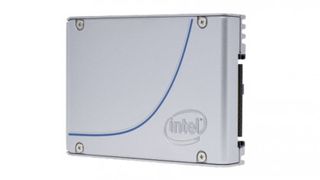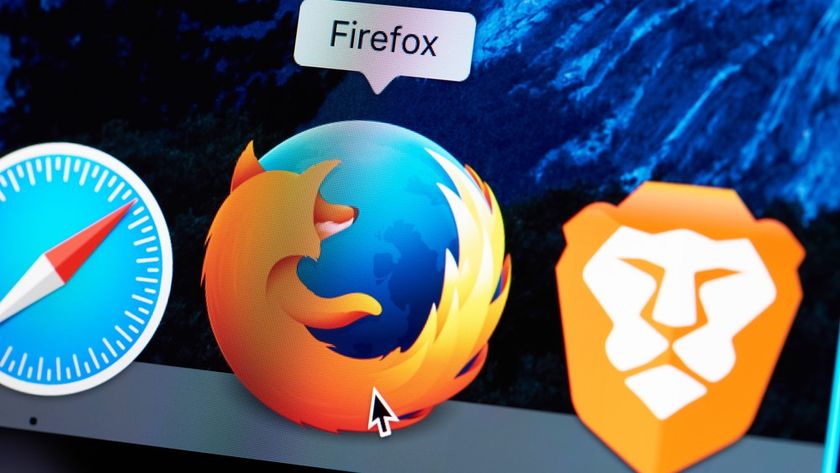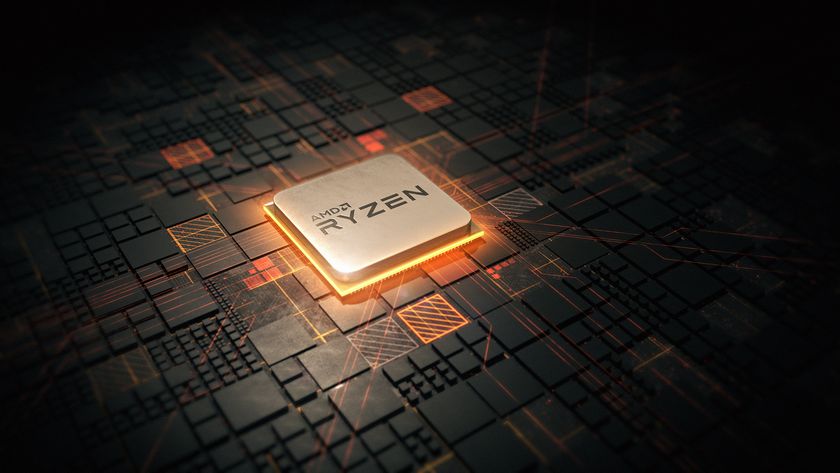Should your business switch to flash storage now?
With high capacities and lower prices, is the future all about flash?
Flash decisions
To gain an insight into how SSDs are transforming business, techradar pro spoke with Paul Harrison, director, Storage, Dell UK.
Techradar Pro: Is there now a sound business case for small businesses to use SSD storage in their companies?
Paul Harrison: "To date, cost has been the single greatest barrier to flash adoption for companies of all sizes across the world. However, the performance benefits of flash storage – primarily its ability to handle data at much faster rates in a smaller form factor with excellent reliability compared to traditional spinning disks – coupled with the decreasing cost of SSD memory per gigabyte has changed the game.
"It's crucial that flash solutions within storage, compute and converged portfolio are open to all enterprises at all levels and sizes. Now the potential gains against competitors are beginning to outweigh the initial costs and with options to gradually adopt flash arrays in fully scalable hybrid SSD/HDD solutions, businesses are discovering few reasons to continue with standard spinning disk technology.

"As the newest kid on the block, Triple-Level Cell (TLC) with 3D NAND technology offers the highest density and lowest cost-for-performance when compared to any other enterprise flash drive. TLC offers flash technology at roughly the same price per gigabyte as high-end 15K HDDs with up to 24 times performance improvement, up to six times the density compared to MLC drives, and lower latency and lower power consumption. This makes it the perfect choice for organisations with limited budgets.
"It excels at data reads at the lowest cost, and pairs best with premium read intensive (MLC) SSDs designed for highest performing applications. This pairing creates a flash-optimised solution that provides all-flash, but automatically tiers between the flash drive technologies to reduce the overall storage cost while maintaining performance."
TRP: Outside of data centres, SSDs as mass storage devices have been expensive and lacked capacity. Is this now changing with SSDs offering real advantages to smaller businesses in particular?
Are you a pro? Subscribe to our newsletter
Sign up to the TechRadar Pro newsletter to get all the top news, opinion, features and guidance your business needs to succeed!
PH: "Modern flash arrays – both hybrid and all-flash options – are designed to bring high-end enterprise storage capabilities to companies of all sizes at reasonable pricing, justifying the investment in future storage needs and capability.
"Some of the most recent entrants to the hybrid-flash market are beginning to come in below the cost of advanced HDD arrays, offering organisations better performance without the additional costs associated with per-disk software licensing, enclosure costs and extra spares required for HDD solutions.
"In addition, new flash models are emerging with significantly improved storage capacities – Dell offers 3.8TB drives as part of its newest drive range – making flash more practical at any scale. This also brings an additional advantage as more capacity per drive – which is already physically smaller than HDD counterparts – means that it is now possible to provide a complete 90TB array in only 2U of rack space."
TRP: Can you offer some buying advice to SMEs that are looking seriously at SSDs for the first time?
PH: "IT professionals should always seek maximum value across the board, utilising the cost reductions provided by hybrid flash, along with storage tiering and thin provisioning for better long term total cost of ownership (TCO). Hybrid flash is the perfect stepping stone to enter the SSD market and with some companies already electing to go all-flash, businesses really can't afford to hang around in improving their storage infrastructure."

Buy now?
It's clear that the market for SSDs is rapidly shifting. There is no doubt that businesses that use any cloud services will be winners, as they benefit from network speed improvements that are possible with hybrid HDD/SSD memory arrays.
Kaminario's Tom O'Neill concluded: "We are at a point where SSDs always give much better performance than HDD and they are always more reliable than HDDs, so the only question is economics. Currently SSD media in a business class server has a cost premium of at least 200% compared to enterprise disk.
"However, as the density of flash increases exponentially, we're also seeing a decline in price, which is making it far more accessible for SMBs. We are already seeing the acceleration of migration from disk, and as the price falls further, this rate will only increase."
Desktop and portable storage SSDs continue to be too expensive to simply replace your existing HDDs. This will of course change as the technologies aimed at data centres and enterprise trickle down for general business use. Until then only businesses that have a genuine need for high capacity fast and reliable storage will pay the premium attached to SSDs.











